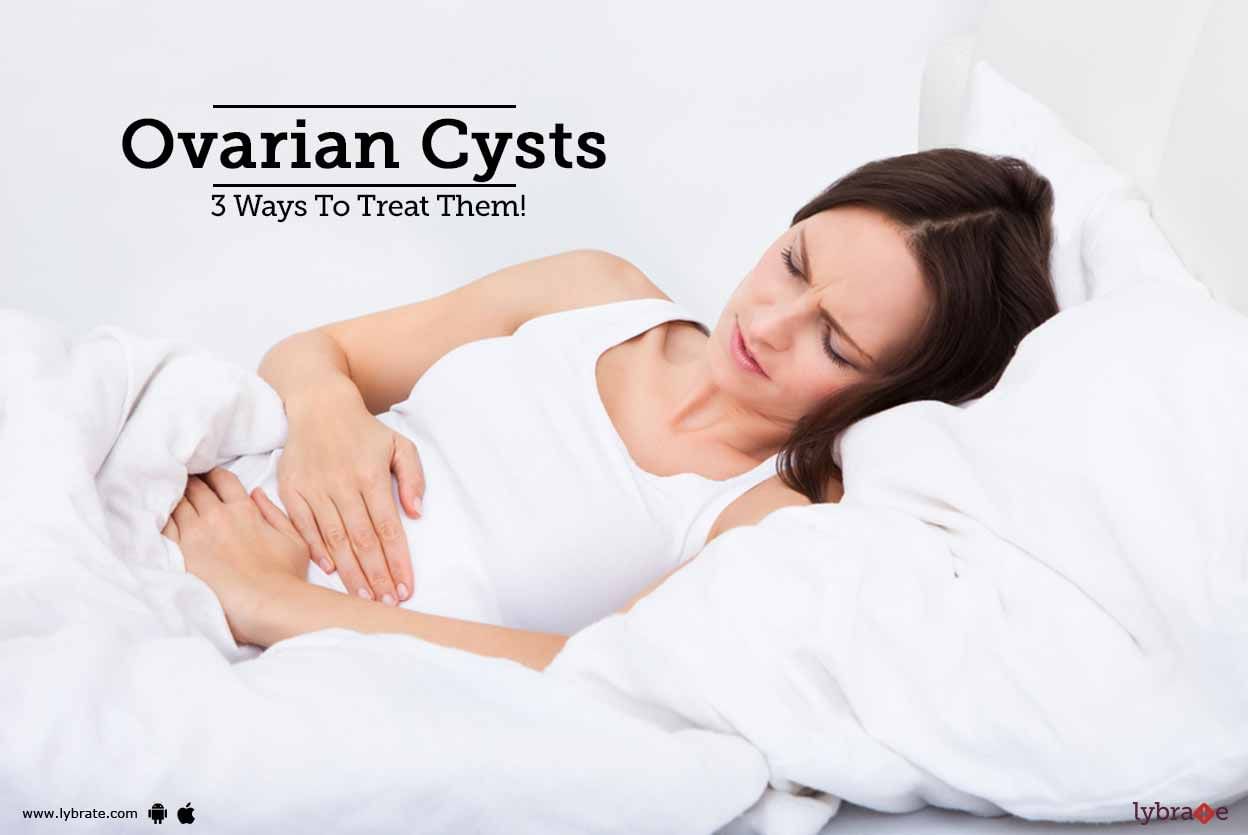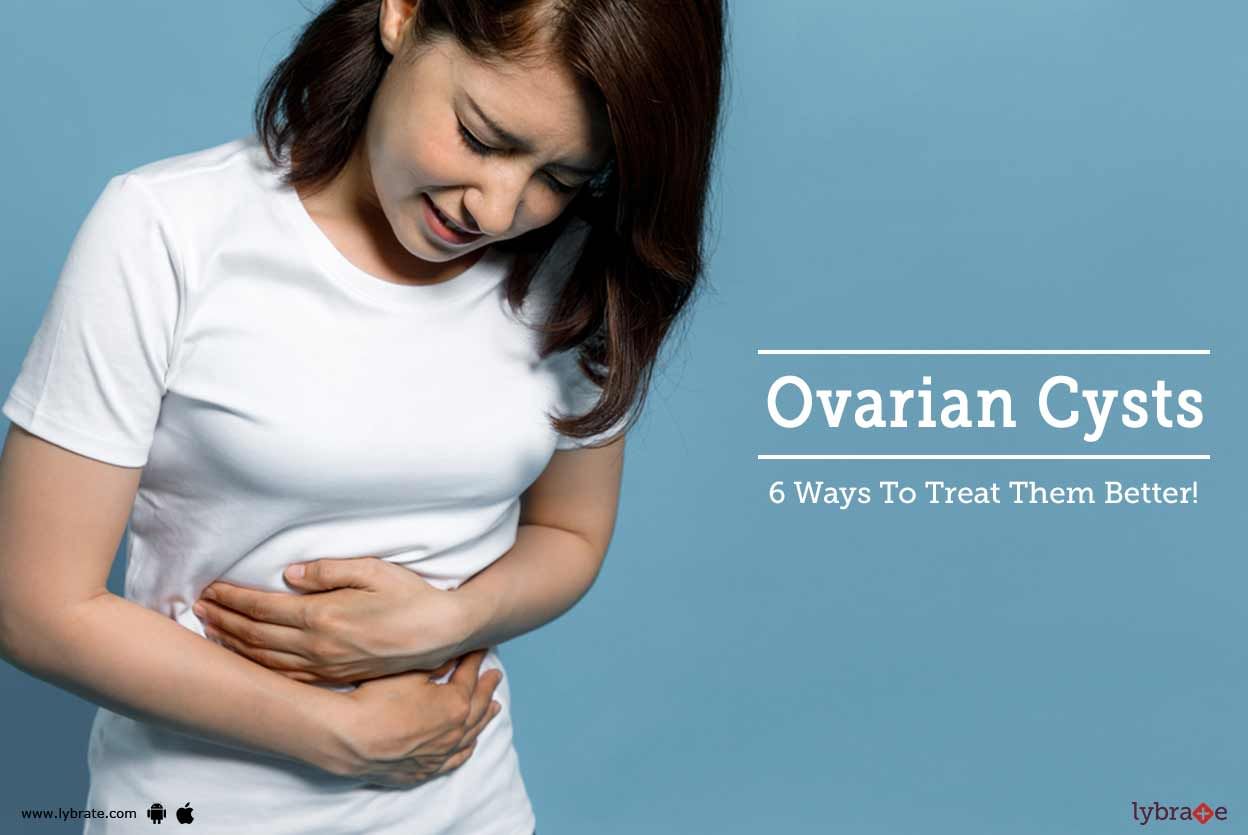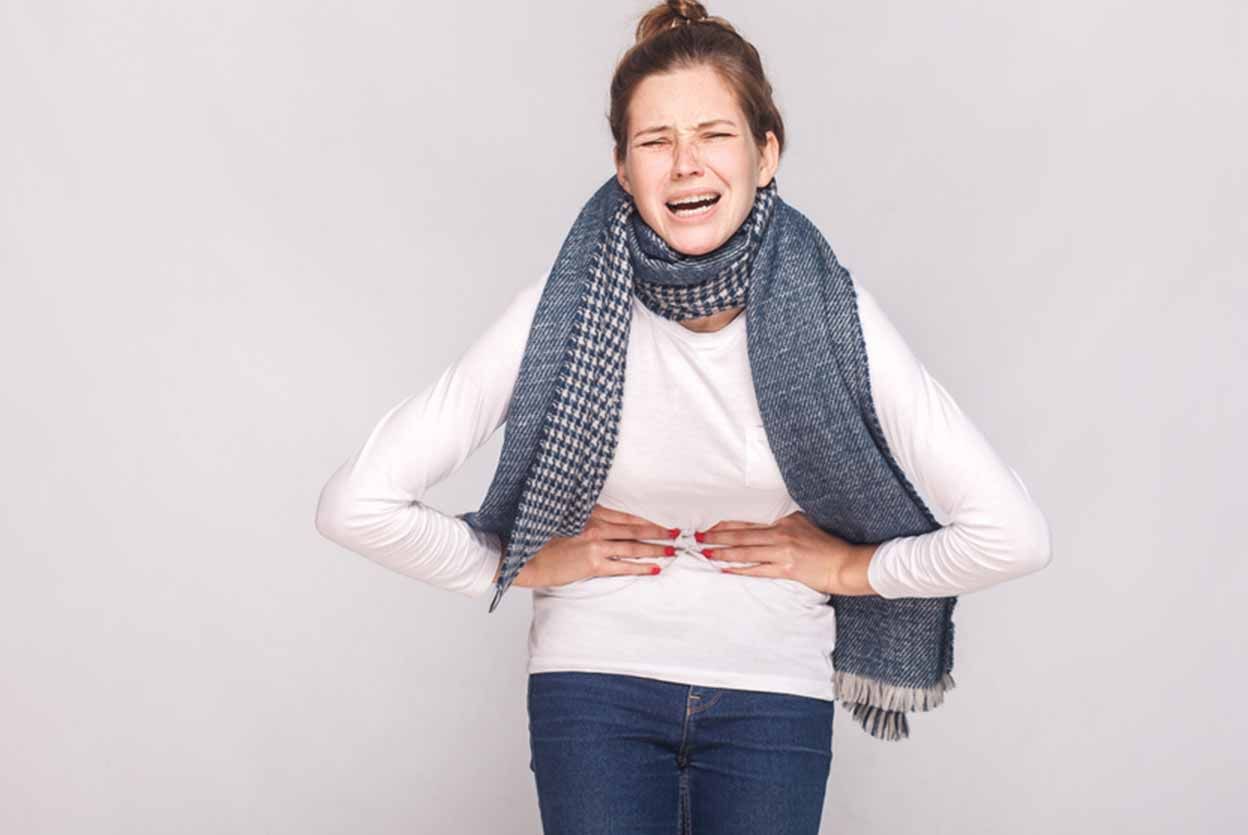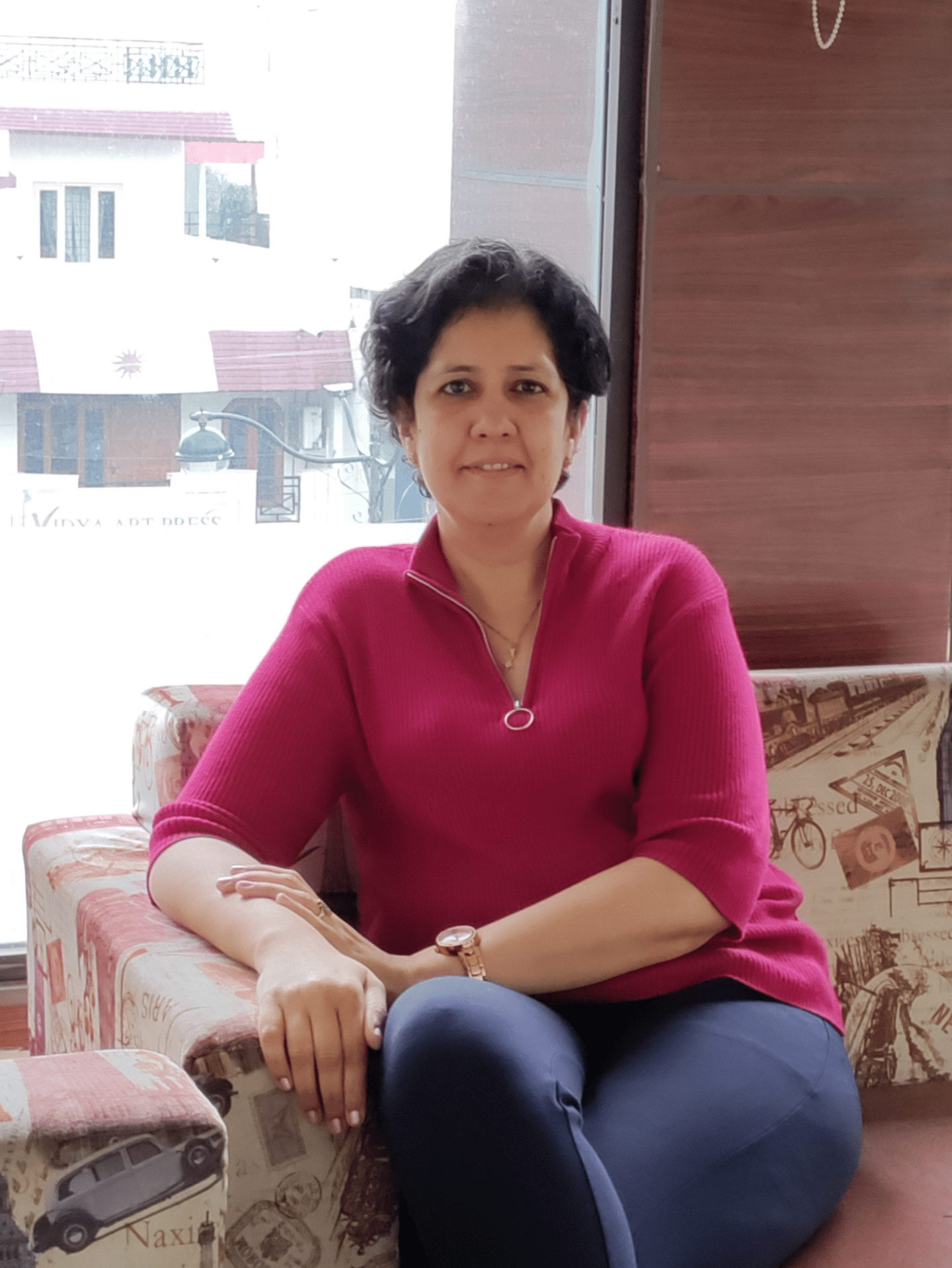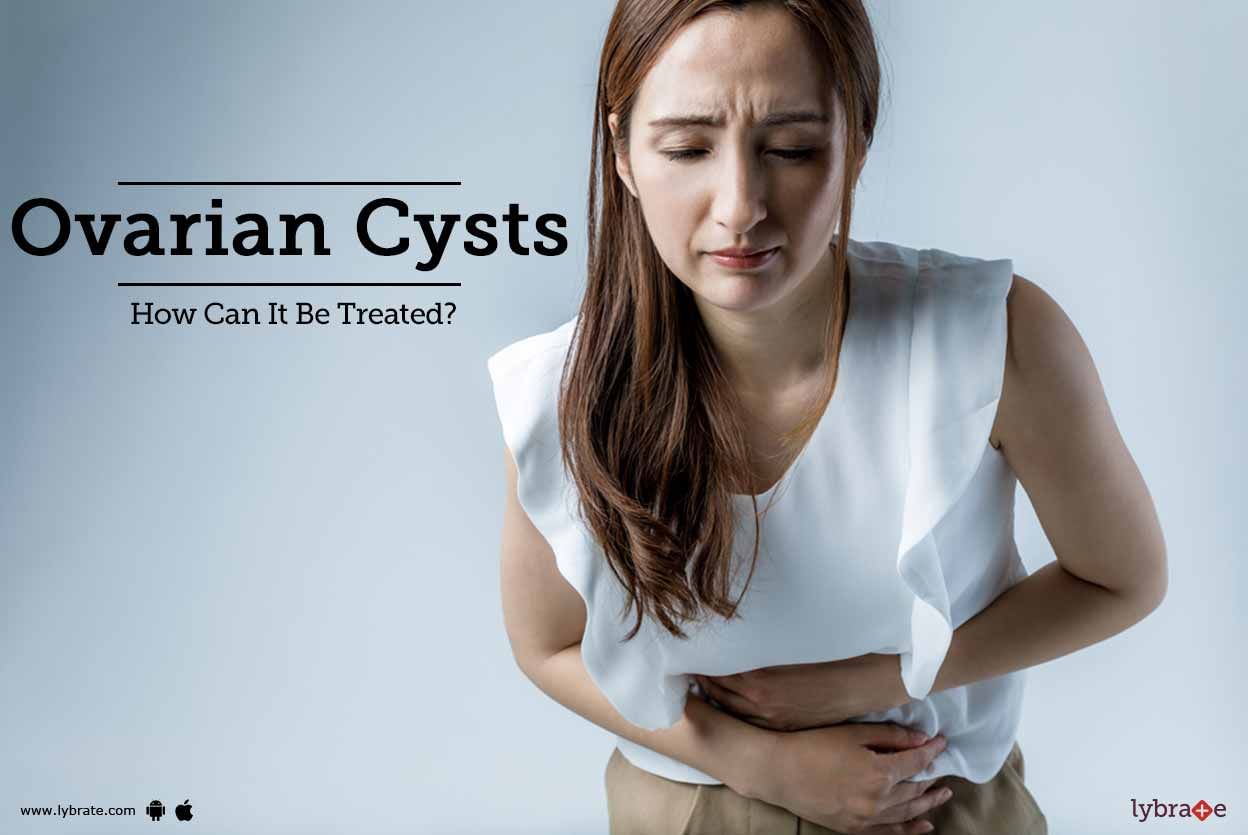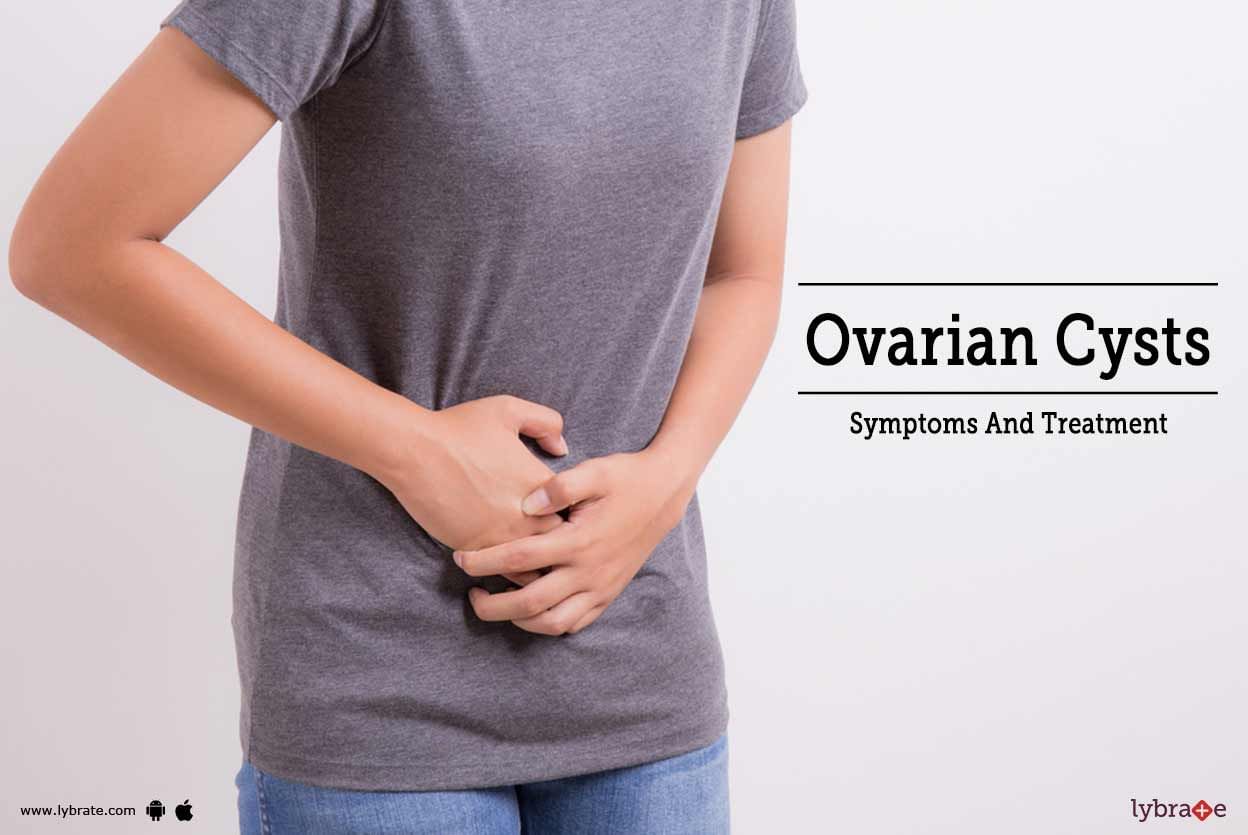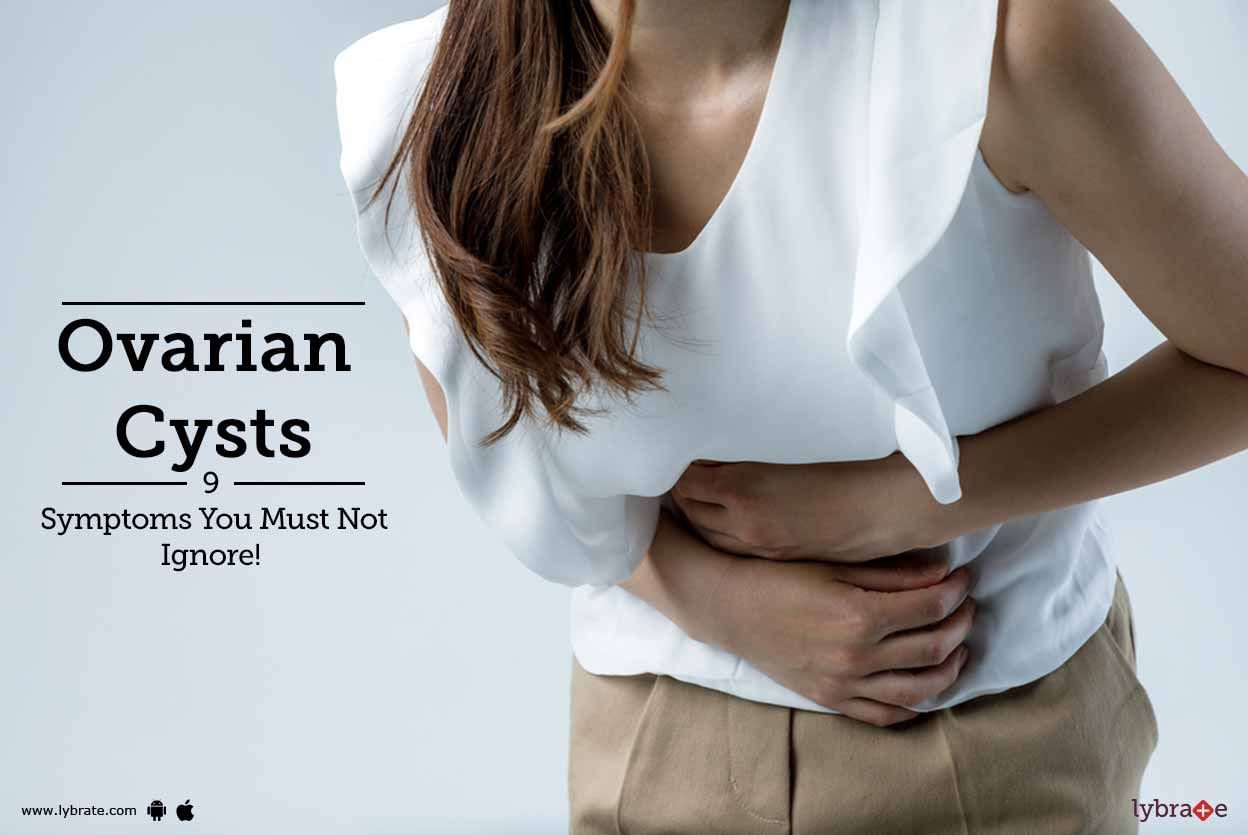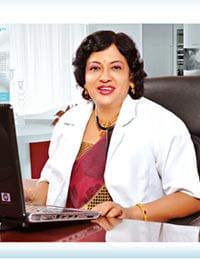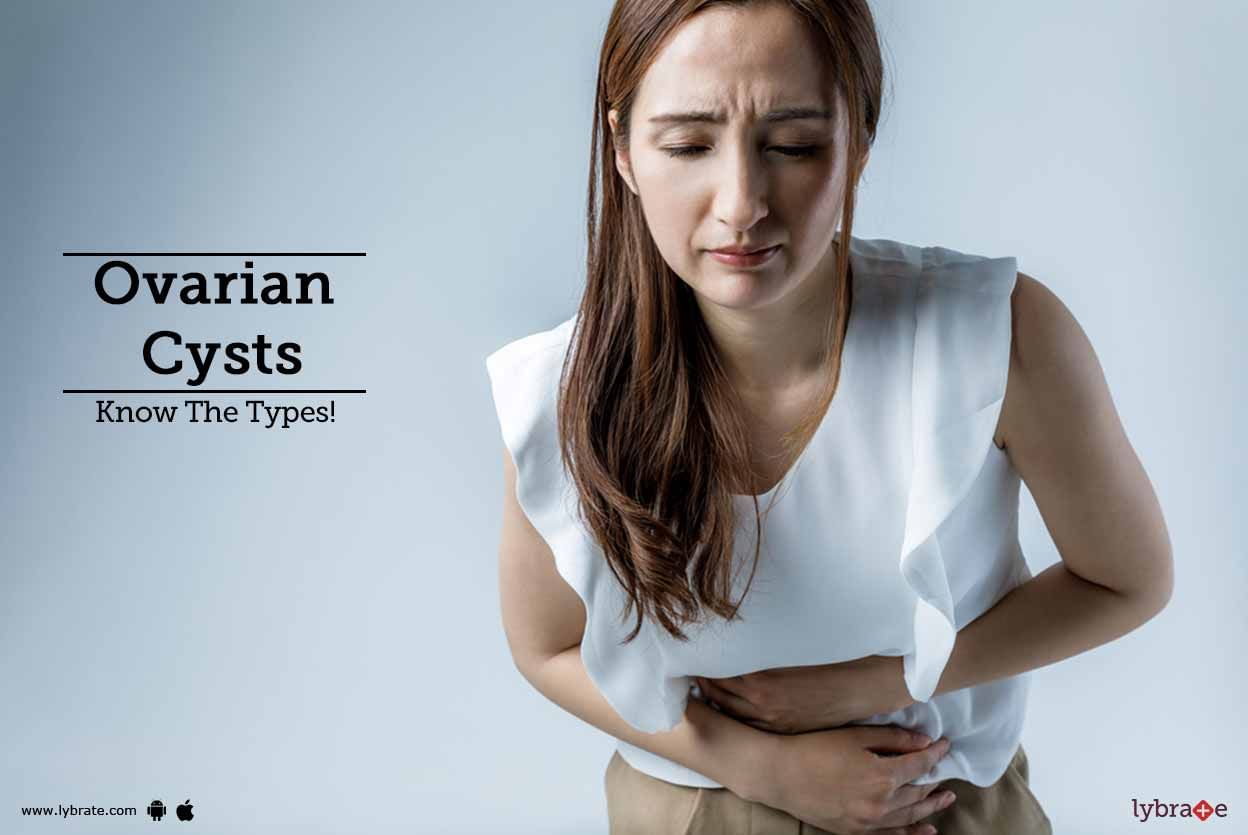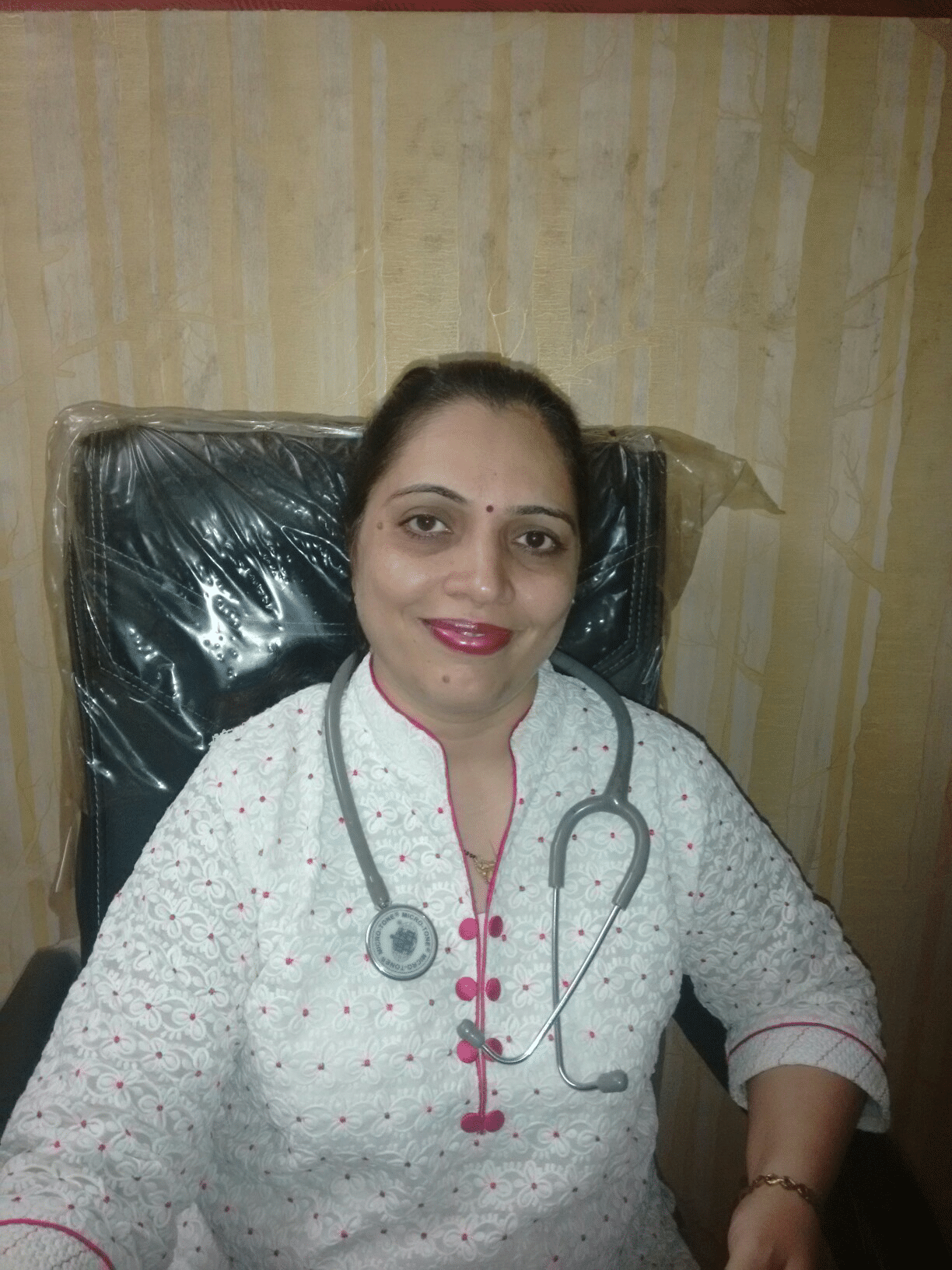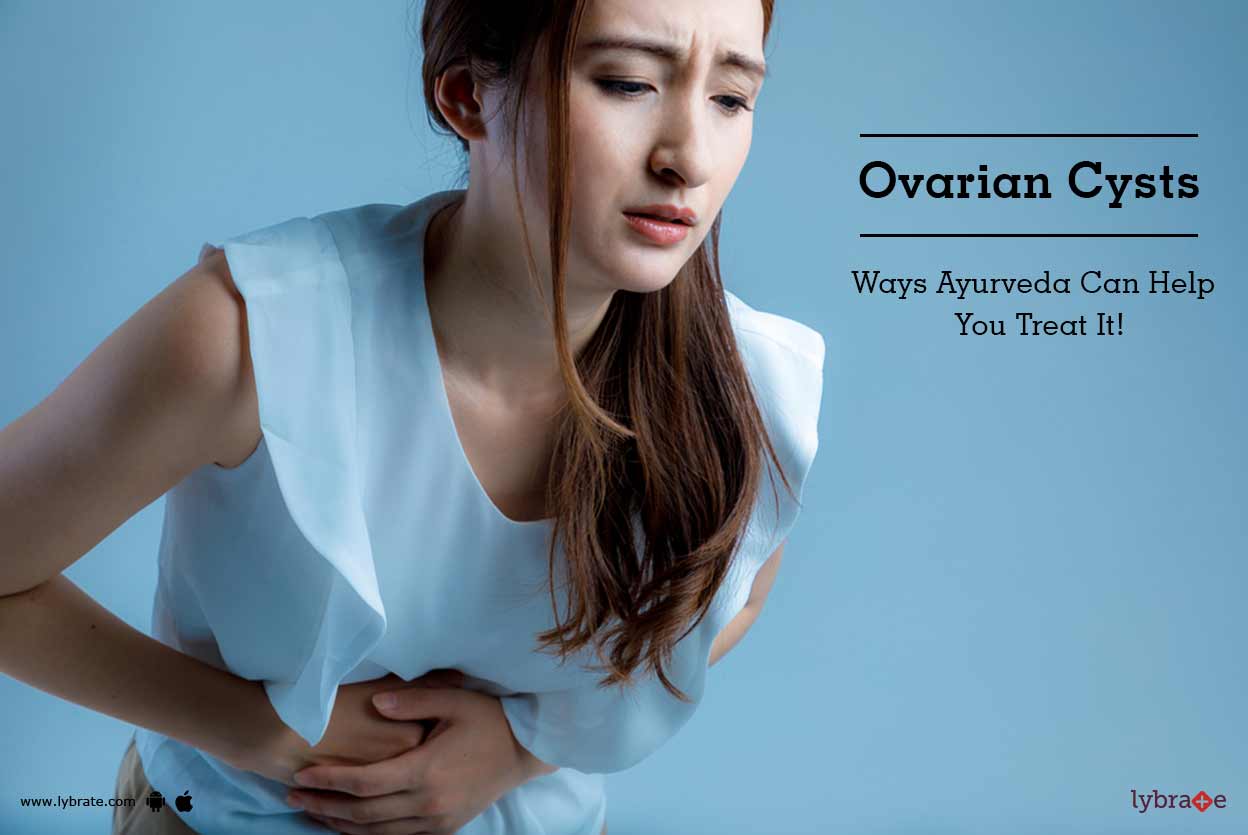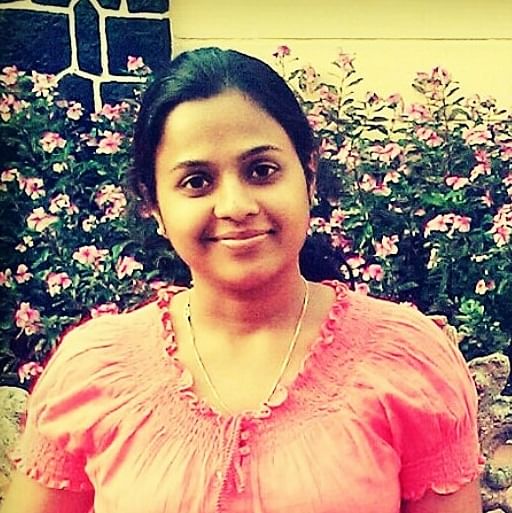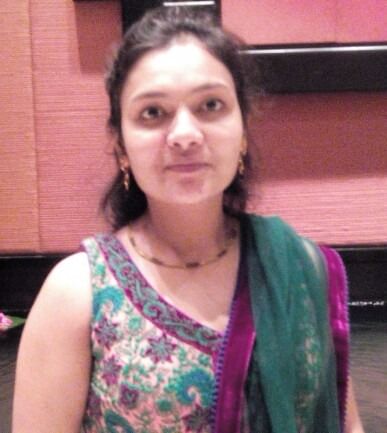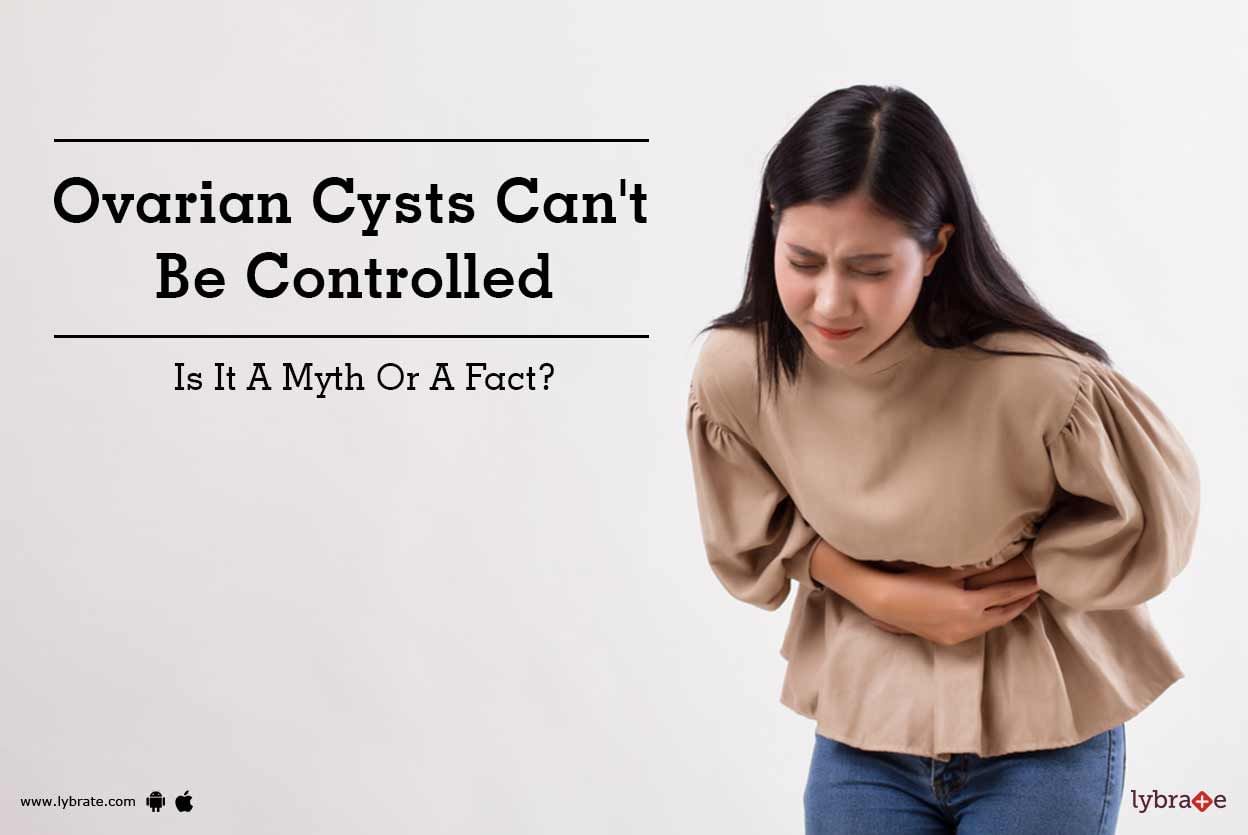Get the App
For Doctors
Login/Sign-up
About
Health Feed
Find Doctors
AllQ&AsTipsQuizzes
Ovarian Cyst Diet Tips
Last Updated: 7 years ago• Featured Tip
Share
Bookmark
Report
Ovaries are a part of a woman s reproductive system. The primary function of ovaries includes producing ova or eggs and secreting hormones such as progesterone and estrogen. Cysts are fluid-filled sacs that form the ovaries; they usually do not cause any symptom and are not painful.
There are primarily two types of ovarian cysts:
1. Follicle cysts: During a woman s menstrual cycle, the egg develops in a sac known as the follicle. Under normal circumstances, the sac breaks ope...more
There are primarily two types of ovarian cysts:
1. Follicle cysts: During a woman s menstrual cycle, the egg develops in a sac known as the follicle. Under normal circumstances, the sac breaks ope...more
Last Updated: 7 years ago• Featured Tip
Share
Bookmark
Report
MBBS, DGO, MD - Obstetrics & Gynaecology...read more
IVF Specialist•Navi Mumbai
All women have two ovaries located on either side of the uterus. They are fundamental for the process of child birth. However ovarian cysts have emerged as major problems which most women suffer from. In this, small pockets filled with fluids develop on the surface or within the ovaries. Though they are generally harmless, often times disappearing without any treatment, they do have the potential to create complications during child birth. Treatment of ovarian cysts depends on the size and the q...more
Last Updated: 7 years ago• Featured Tip
Share
Bookmark
Report
Ovarian cysts are common and most women will have at least one during their life. In most cases they do not display any symptoms and are discovered only during routine physical exams and ultrasounds. In most cases, it is nothing to worry about but in rare cases it can lead to complications and hence it is best to get an ovarian cysts checked out by a doctor.
Ovarian cysts usually affect women in their child bearing years. They can be described as fluid-filled sacs that develop in either...more
Ovarian cysts usually affect women in their child bearing years. They can be described as fluid-filled sacs that develop in either...more
Last Updated: 7 years ago• Featured Tip
Share
Bookmark
Report
During their reproductive years, women can develop ovarian cysts, which can be described as fluid-packed sacs around their ovaries. Cysts are known to form in a woman s ovaries during their menstrual cycles and also, through the pregnancy phase. In most cases, women with cysts do not require treatment as they dissolve on their own. However, at times, the cysts could enlarge in size and be the cause of discomfort. In rare cases, they could be cancerous too. Mostly, no symptoms are perceived when ...more
Last Updated: 7 years ago• Featured Tip
Share
Bookmark
Report
Ovaries are a part of a woman s reproductive system. The primary function of ovaries include producing ova or eggs and secreting hormones such as progesterone and estrogen. Cysts are fluid filled sacs that form the ovaries; they usually do not cause any symptom and are not painful.
There are primarily two types of ovarian cysts:
1. Follicle cysts: During a woman s menstrual cycle, the egg develops in a sac known as the follicle. Under normal circumstances, the sac breaks open...more
There are primarily two types of ovarian cysts:
1. Follicle cysts: During a woman s menstrual cycle, the egg develops in a sac known as the follicle. Under normal circumstances, the sac breaks open...more
Last Updated: 7 years ago• Featured Tip
Share
Bookmark
Report
Ovarian cysts are common and most women will have at least one during their life. In most cases they do not display any symptoms and are discovered only during routine physical exams and ultrasounds. In most cases, it is nothing to worry about but in rare cases it can lead to complications and hence it is best to get an ovarian cysts checked out by a doctor.
Ovarian cysts usually affect women in their child bearing years. They can be described as fluid-filled sacs that develop in either...more
Ovarian cysts usually affect women in their child bearing years. They can be described as fluid-filled sacs that develop in either...more
Last Updated: 7 years ago• Featured Tip
Share
Bookmark
Report
Ovaries are a part of a woman s reproductive system. The primary function of ovaries includes producing ova or eggs and secreting hormones such as progesterone and estrogen. Cysts are fluid-filled sacs that form the ovaries; they usually do not cause any symptom and are not painful.
There are primarily two types of ovarian cysts:
1. Follicle cysts: During a woman s menstrual cycle, the egg develops in a sac known as the follicle. Under normal circumstances, the sac breaks ope...more
There are primarily two types of ovarian cysts:
1. Follicle cysts: During a woman s menstrual cycle, the egg develops in a sac known as the follicle. Under normal circumstances, the sac breaks ope...more
Last Updated: 7 years ago• Featured Tip
Share
Bookmark
Report
What is an ovarian cyst?
If a follicle present in the ovaries grows beyond 2cm in size, it is called an ovarian cyst. In an ovarian cyst, fluid accumulates inside a thin wall in the ovaries. The size of the ovarian cyst varies in size from person to person. It is most common in women during their fertile period, but it can happen anytime.
What is the cause of an ovarian cyst?
Follicles are produced in the ovaries under normal conditions. One of these follicles matures into an eg...more
If a follicle present in the ovaries grows beyond 2cm in size, it is called an ovarian cyst. In an ovarian cyst, fluid accumulates inside a thin wall in the ovaries. The size of the ovarian cyst varies in size from person to person. It is most common in women during their fertile period, but it can happen anytime.
What is the cause of an ovarian cyst?
Follicles are produced in the ovaries under normal conditions. One of these follicles matures into an eg...more
Last Updated: 7 years ago• Featured Tip
Share
Bookmark
Report
M.Sc. in Dietetics and Food Service Mana...read more
Dietitian/Nutritionist•Mumbai
Diet for ovarian cyst treatment
Foods to eat
Soy: soy foods like tofu, miso and tempeh; as well as beans, lentils, cauliflower and broccoli can help control estrogen levels.
Indole-3-carbinol (i3c): eat more foods rich in i3c which helps eliminate excess hormones from the body. These include cabbage, brussels sprouts, broccoli and cauliflower.
Magnesium rich foods like almonds, bananas, prunes, cashew nuts and broccoli help to reduce painful cramps associated with ovar...more
Foods to eat
Soy: soy foods like tofu, miso and tempeh; as well as beans, lentils, cauliflower and broccoli can help control estrogen levels.
Indole-3-carbinol (i3c): eat more foods rich in i3c which helps eliminate excess hormones from the body. These include cabbage, brussels sprouts, broccoli and cauliflower.
Magnesium rich foods like almonds, bananas, prunes, cashew nuts and broccoli help to reduce painful cramps associated with ovar...more
Last Updated: 7 years ago• Featured Tip
Share
Bookmark
Report
Hearing a doctor diagnose you with 'ovarian cysts' can make your mind think of the worst case scenarios, but this is actually quite a common diagnosis. Almost all women are diagnosed with ovarian cysts at some point of their life.
The difference lies in the type and size of cyst diagnosed. Hence, before you panic, read up and get informed. However, not everything you read online is trustworthy. Like every other health condition, ovarian cysts are surrounded by a number of myths.
more
The difference lies in the type and size of cyst diagnosed. Hence, before you panic, read up and get informed. However, not everything you read online is trustworthy. Like every other health condition, ovarian cysts are surrounded by a number of myths.
Book appointment with top doctors for Ovarian Cyst Diet treatment
View fees, clinic timings and reviews
Ask a free question
Get FREE multiple opinions from Doctors
posted anonymously


